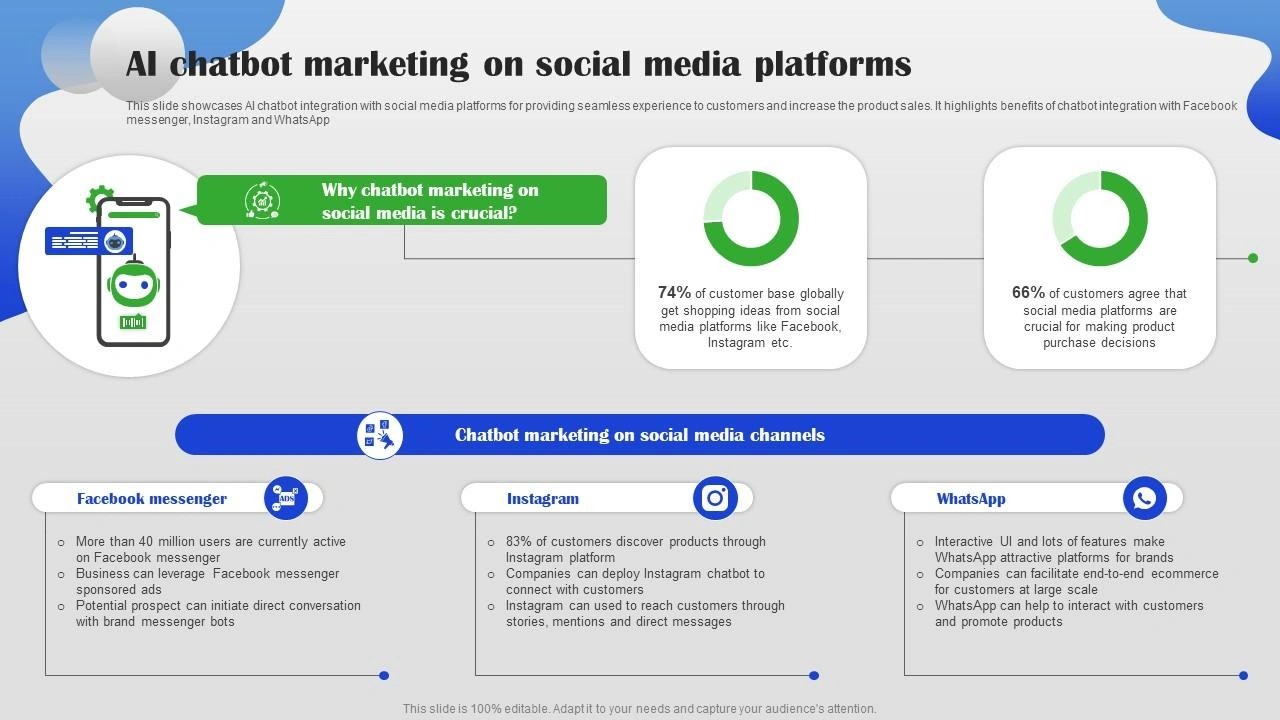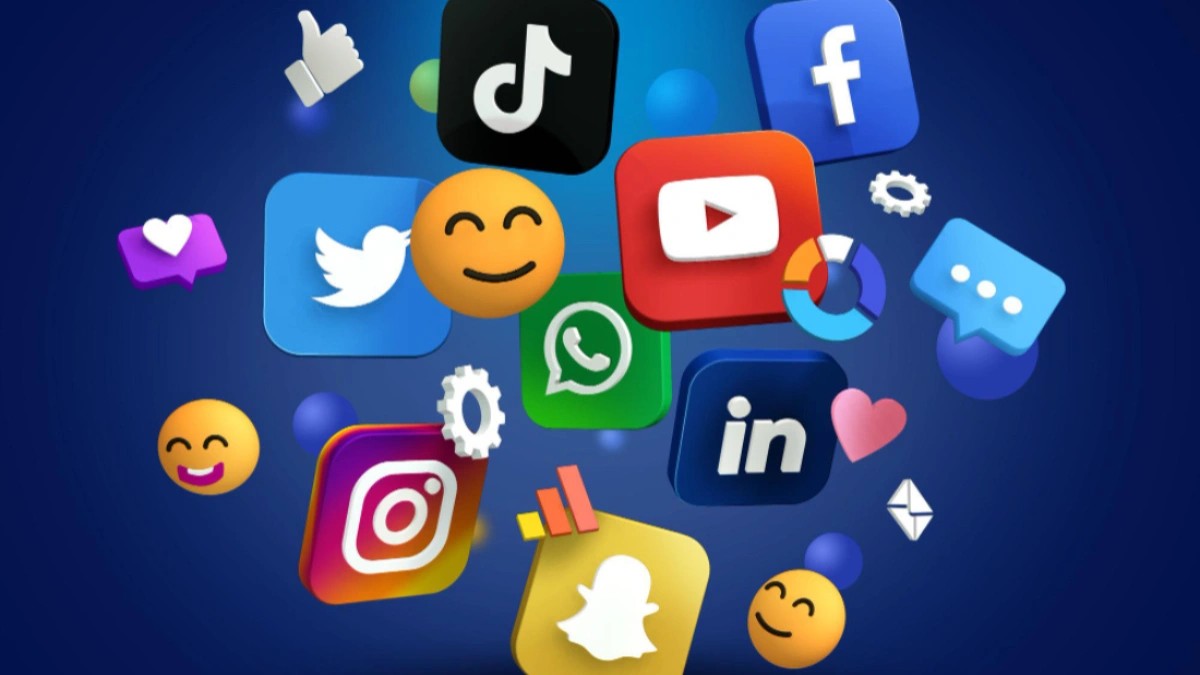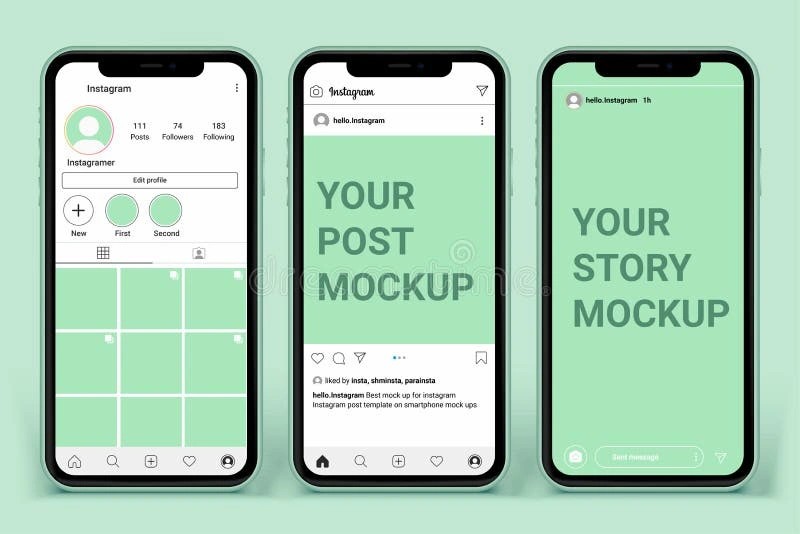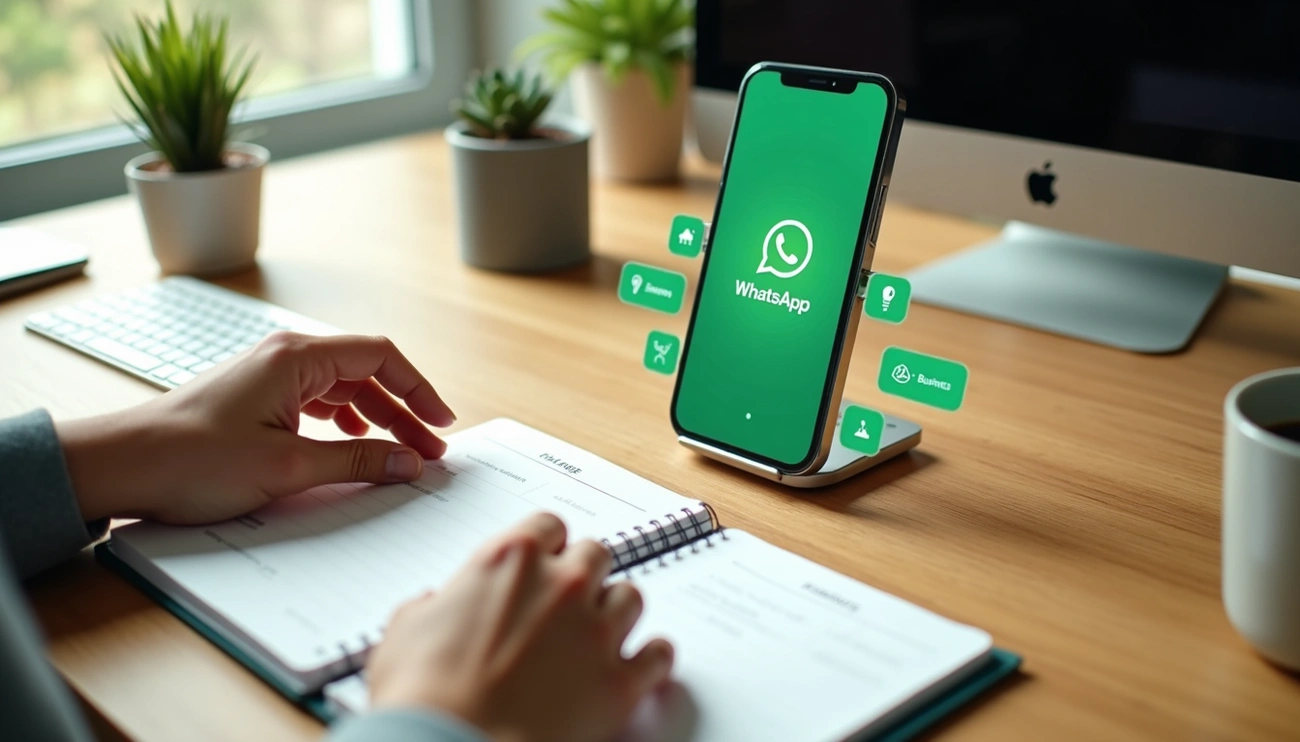WhatsApp messages reach an incredible 98% open rate. This number towers above traditional email or SMS. WhatsApp stands as the fastest-growing B2C communication channel in 2023, with more than 3.2 billion users worldwide.
These stats tell an exciting story and present a great chance for creators and businesses alike. Customer communication has changed since WhatsApp automation came into play. Modern consumers expect quick answers to their questions – about 90% of them. Message exchanges between businesses and customers on the platform grew 62% in 2023 compared to last year.
Our experience shows how a well-laid-out WhatsApp challenge can engage audiences, build community, and boost sales. Smart use of WhatsApp marketing automation helps you connect with customers on their preferred platform. The numbers speak for themselves – over 200 million users actively chat with businesses monthly.
This piece walks you through creating a WhatsApp challenge that sells, with ready-to-use templates included. Rupa can help turn your followers into paying customers through effective WhatsApp challenges. This works whether you’re a content creator wanting to monetize your expertise or a business looking to boost customer participation.
Let’s take a closer look at everything you need to know about creating, automating, and profiting from WhatsApp challenges!
What is a WhatsApp Challenge and Why It Sells

Image Source: SlideTeam
A WhatsApp challenge is a well-laid-out, time-bound series of activities that runs on WhatsApp. It guides participants to reach specific goals and helps build relationships. These challenges use the personal nature of messaging to create deeper connections with participants, unlike traditional marketing methods.
Definition and key components of a WhatsApp challenge
WhatsApp challenges blend education, involvement, and incentives through WhatsApp’s messaging platform. Here are the essential components:
- Limited timeframe – Challenges work best between 3-10 days. This creates urgency but doesn’t overwhelm participants
- Daily content delivery – Messages, tasks, or information sent at specific times
- Interactive elements – Questions, tasks, or activities that need participant responses
- Automated delivery – The WhatsApp Business API or tools like help schedule and manage message sequencesRupa
- Value-driven content – Information that fixes problems or gives meaningful results
- Clear incentive – This could be skill development or tangible rewards like prizes and discounts
These challenges are beautiful in their simplicity. Participants use a platform they’re already familiar with, and businesses see powerful results.
How challenges drive engagement and conversions
WhatsApp challenges work so well for many reasons. WhatsApp Marketing lets businesses send custom messages and special promotions. They can answer customer questions quickly too [1]. This tailored approach makes each participant feel special.
WhatsApp Marketing is cost-effective. You just need a mobile device with internet – no expensive marketing tools required [1]. Small and large businesses can run effective challenges.
These challenges build community and accountability. Participants develop habits that match your brand or product as they complete daily tasks. This naturally leads to sales when you show relevant offers.
Sales happen because:
- You build trust by giving value before asking for a purchase
- You create social proof as participants share progress
- Your challenge content helps establish authority
- You build relationship value throughout the challenge
Tools like Rupa help creators turn these opportunities into sales. They automate challenge delivery and blend payment options naturally.
Real examples of successful WhatsApp challenges
Many brands have run amazing WhatsApp challenges with great results:
Toyota ran “Get an AYGO” Valentine’s Day challenge. Participants used their best seduction techniques through text, photos, videos, and audio to win a car. The campaign and 89,000 interactions. They handled up to 300 conversations at once got more than 17,000 messages[1].
Hellmann’s started a live recipe service challenge. People sent photos of ingredients they had and got custom recipes using Hellmann’s mayonnaise. They spent just $900 but got amazing results: 50% of website visitors joined, 5 million people connected directly, and they created 500 new Hellmann’s recipes [2].
ADAC’s “Don’t call mom—Call ADAC” challenge targeted young people. They could ask ANY questions through WhatsApp – even ones they couldn’t ask their parents. The six-week campaign on their video and 140,000 messages got 20 million views[2].
S-Bahn created a selfie challenge for commuters. People took selfies in modern trains and sent them through WhatsApp. In just 3.5 weeks, they collected over 250 selfies and got lots of social media mentions about their improved service [2].
These examples show how well-designed WhatsApp challenges create meaningful connections that turn into business results. Your WhatsApp challenge can achieve similar success with the right automation and delivery tools.
Planning Your WhatsApp Challenge Strategy

Image Source: Business Model Analyst
The path to a successful WhatsApp challenge starts well before your first message goes out. A profitable challenge needs complete planning that lines up with your business goals and what participants expect.
Setting clear goals and KPIs
Your WhatsApp challenge needs specific objectives to measure success. Business research shows you should track measurable KPIs after adding WhatsApp to your strategy [3].
Successful WhatsApp challenges usually want to achieve one of these main goals:
- Brand awareness and visibility
- Lead generation and data collection
- Conversion of prospects into customers
- Customer loyalty building
- New product or service promotion
These key performance indicators help you measure success:
- Minimum Revenue per Recipient (€2.00-€2.50)
- Return on Campaign Spend (1500%-2500%)
- Click-through Rate (15-20%)
- Open Rate (85-95%)
- Opt-out Rate (0.3-0.6%) [4]
Identifying your target audience
WhatsApp challenges shine through personalization—but this needs deep knowledge of your participants. Your existing customer data reveals who your WhatsApp challenge will appeal to most.
You can segment your audience based on:
- Demographics and usage patterns
- Communication priorities
- Problems your challenge can solve
- Current interaction patterns with your business [3]
and understand their audience’s potential before launching paid challenges.Rupa helps creators see engagement metrics
Choosing the right challenge duration
The right balance between brief and lengthy challenges affects completion rates. A regular WhatsApp schedule keeps your brand fresh in customers’ minds, boosts recall, and shows the best times to send messages [5].
Successful WhatsApp challenges typically run for:
- 3-5 days for habit-building or introductory challenges
- 7-10 days to develop complete skills
- Weekend-only challenges for high-intensity participation
Creating an irresistible incentive
Your challenge reward should match your . Simple participation combined with valuable data collection makes the best incentives brand identity and audience’s interests[6].
The most appealing WhatsApp challenge incentives offer:
- Quick value through education or entertainment
- Exclusive access to resources or communities
- Recognition among peers
- Tangible rewards for top performers
Preparing your WhatsApp automation tools
The right automation technology makes challenge delivery smooth. WhatsApp automation tools let organizations automate message sending, answer questions, and manage customer relationships [7].
Your automation solution should include:
- Automated responses based on predefined templates
- Scheduled message delivery at specific dates/times
- Bulk messaging capabilities
- AI-powered chatbots to handle common queries
- Keyword-triggered responses [7]
Rupa makes it easy by combining WhatsApp challenge delivery with payment processing. Creators can turn engagement into sales seamlessly.
Step-by-Step Guide to Creating Your WhatsApp Challenge
A great WhatsApp challenge needs smart planning and close attention to detail. Here’s a simple breakdown of steps that will help you build something your participants will love.
Step 1: Define your challenge concept
Your challenge should have a clear purpose that matches what participants want to achieve. Think over whether you’re building a fitness program, business growth system, or a routine to build habits. The challenge needs to solve real problems or give participants results they care about.
Step 2: Create your challenge content calendar
A well-laid-out content calendar serves as the foundation of your WhatsApp challenge. Plan each day’s content with messages, tasks, and resources. Structure your content to build naturally toward your challenge goal. Platforms like Rupa are a great way to get your expertise into daily that people can follow easily.challenge content
Step 3: Set up WhatsApp Business API for automation
Your challenge needs WhatsApp Business API access to work smoothly. The process works like this:
- Select a Business Solution Provider (BSP)
- Create a WhatsApp Business account
- Verify your business phone number
- Set up your business profile with name, description and website
WhatsApp Business API makes shared automation possible and connects to your existing systems like CRM or support desk.
Step 4: Design your challenge messages and templates
Create challenge message templates that need approval before use. Templates usually take up to 24 hours to get approved and must follow WhatsApp’s content guidelines. Your templates should avoid multiple line breaks in sequence and include sample values for variables. Add media elements and quick-reply buttons where they make sense to boost engagement.
Step 5: Build your follow-up sequence
Smart follow-up messages keep participants engaged throughout your challenge. These messages can trigger based on:
- Time intervals (day 2, day 5, etc.)
- Participant actions or responses
- Completion of specific tasks
You can make these follow-ups more relevant by using participant’s data.
Step 6: Test your challenge flow
Really test your challenge flow before launch. WhatsApp gives you several testing options:
- Enable interactive preview mode in WhatsApp Flow Builder
- Send test flows to your own device
- Use the Health Check feature to verify endpoint functionality
Check each action and review the logs to fix problems before participants start.
Find out what your followers actually want to buy and launch it fast with Rupa. The easiest way for creators to turn followers into paying customers.
Promoting Your WhatsApp Challenge for Maximum Participation

Image Source: Being Digitalz
Getting your WhatsApp challenge up and running is just the start—the real results come from promoting it to get more people involved. Studies show that smart promotion strategies can boost participation and conversion rates by a lot.
Using social media to get sign-ups
Social media promotion remains the best way to grow your WhatsApp audience. Brands that use Instagram and TikTok have seen amazing results. One company tracked their customer growth through a unique WhatsApp link [8].
Direct WhatsApp links in ads help create personal conversations with audiences. This strategy works really well—one company saw their messages jump by while their customer acquisition costs dropped 32% by using targeted video ads that showed single products 46%[8].
Making the most of your current audience
You can boost participation by making it easy to sign up through:
- QR codes and short links on your website, emails, and social profiles
- WhatsApp buttons added to Facebook and Instagram profiles
- Simple messages about what people get when they join
Starting with a discount or free trial can really motivate people to sign up [9]. Tools like Rupa let creators check their engagement numbers to see their audience’s potential before launching paid challenges.
Using countdown timers to create FOMO
Fear of missing out (FOMO) marketing works because it creates a sense of lack and social proof. Companies that use FOMO techniques see their revenue grow twice as fast as their competitors [10].
Good FOMO strategies include showing “low stock” alerts, displaying live visitor counts on sign-up pages, and using countdown timers for special deals. These timers create a sense of urgency that makes people act fast, especially when combined with special challenge perks [10].
Working with influencers
keeps growing, and experts think global spending will hit $32.50 billion by 2025 WhatsApp influencer marketing[11]. Influencers can help boost challenge participation by:
- Getting their followers to join branded WhatsApp groups or broadcast lists
- Sharing exclusive content through WhatsApp to specific audience groups
- Running interactive campaigns with WhatsApp as the starting point
Campaigns with nano and micro-influencers can bring amazing returns—sometimes over $1000 for every $50 spent—because their audiences are so engaged [11]. This works especially well with younger people who trust influencer recommendations.
5 Ready-to-Use WhatsApp Challenge Templates That Convert

Image Source: Dreamstime.com
Want to launch your WhatsApp challenge? Here are five tested templates to help you start right away.
7-Day Fitness Challenge Template
Your fitness challenge needs daily tasks and content that motivates participants. Start with a welcome message that sets clear expectations. Add daily workout instructions and check in with participants on days 3 and 6. The challenge should end with reflection prompts and a chance to upgrade upsell opportunity[12]. Keep your voice notes under 2 minutes when you demonstrate workouts. Give participants a PDF tracker to record their progress.
5-Day Business Growth Challenge Template
Map out your business transformation with clear goals for each day. Focus each session on a specific growth strategy and provide worksheets for implementation. Share exclusive tips that show what you know, which will help build trust before you offer your premium services.
3-Day Product Trial Challenge Template
Create an engaging where you guide users each day. Show them the simple features on day 1, move to intermediate functions on day 2, and showcase advanced uses with customer stories on day 3 product experience[13]. This hands-on approach helps participants make informed purchase decisions.
10-Day Habit Building Challenge Template
Create a step-by-step sequence that helps form lasting habits. Challenges like “21 Days of No Sugar” or “30-Day Wake Up Early Challenge” help build strong communities while you retain control [12]. Daily check-ins help more people complete the challenge.
Weekend Flash Challenge Template
Pack your 48-hour challenge with activities that show quick results and . These weekend challenges create excitement through limited time offers. They work great to test new ideas or boost quick sales.quick wins
Find out what your followers want to buy and launch it quickly with Rupa. Creators can easily turn their followers into paying customers.
Conclusion
WhatsApp challenges give creators and businesses a great chance to connect with audiences on their preferred platform. This piece shows how these challenges blend education, involvement, and incentives for impressive results. The numbers tell the story clearly – and over 3.2 billion users worldwide make WhatsApp without doubt the fastest-growing communication channel for businesses.98% open rates
Successful WhatsApp challenges need careful planning. A solid foundation comes from clear goals, well-defined target audiences, appropriate challenge duration, and compelling incentives. On top of that, it becomes easier to implement and scale with the right automation tools.
Your challenges will truly appeal to participants if you follow a step-by-step approach. Each element plays a key role in your challenge’s success – from defining your concept to creating content calendars and setting up resilient infrastructure. The challenge can achieve maximum participation through effective promotion on social media, existing audiences, FOMO tactics, and mutually beneficial alliances.
These ready-to-use templates are perfect starting points for fitness, business growth, product trials, habit building, and weekend flash challenges. You can customize these proven frameworks to match your specific audience and offerings.
WhatsApp challenges build meaningful connections that naturally lead to business results. Rupa makes this process simpler by helping creators turn their expertise into hosted, profitable challenges. The platform takes care of everything – from finding what your followers want to buy to automating marketing and delivery. It turns followers into paying customers without complex technical setups.
Create your WhatsApp challenge today. You’ll build deeper relationships with your audience and develop a sustainable revenue stream that doesn’t depend on algorithm changes or platform whims by using the right approach and tools.
Key Takeaways
WhatsApp challenges offer creators and businesses a powerful way to monetize their expertise through the world’s most popular messaging platform, with 98% open rates and over 3.2 billion users worldwide.
• Plan strategically with clear goals – Define specific KPIs, target audience, optimal duration (3-10 days), and compelling incentives before launching your challenge.
• Automate delivery for maximum impact – Use WhatsApp Business API and tools like Rupa to schedule messages, manage sequences, and seamlessly integrate payment processing.
• Promote across multiple channels – Leverage social media, existing audiences, FOMO tactics with countdown timers, and influencer partnerships to maximize participation rates.
• Structure content for engagement – Create daily progressive tasks, include interactive elements, and build follow-up sequences that naturally lead to conversions.
• Start with proven templates – Use ready-made frameworks for fitness, business growth, product trials, habit building, or weekend flash challenges to launch quickly and effectively.
The key to success lies in delivering genuine value through your challenge content while building trust and relationships that convert participants into paying customers. With proper automation tools, WhatsApp challenges can generate impressive returns – often 1500%-2500% on campaign spend – while creating sustainable revenue streams independent of social media algorithm changes.
FAQs
Q1. How do I set up a WhatsApp challenge for my business? To set up a WhatsApp challenge, start by defining your challenge concept and goals. Create a content calendar, set up WhatsApp Business API for automation, design message templates, build a follow-up sequence, and thoroughly test your challenge flow before launch.
Q2. What are the key components of a successful WhatsApp challenge? Successful WhatsApp challenges typically include a limited timeframe (3-10 days), daily content delivery, interactive elements, automated messaging, value-driven content, and a clear incentive for participants.
Q3. How can I promote my WhatsApp challenge to maximize participation? Promote your challenge through social media platforms, leverage your existing audience, create urgency with countdown timers, and consider partnering with influencers. Use QR codes and short links to make sign-up easy across various channels.
Q4. What types of WhatsApp challenges are most effective for driving sales? Effective WhatsApp challenges for driving sales include product trial challenges, business growth challenges, and habit-building challenges. These formats allow you to showcase your expertise, build trust, and naturally lead participants towards purchasing decisions.
Q5. How can I measure the success of my WhatsApp challenge? Measure your WhatsApp challenge success by tracking key performance indicators (KPIs) such as minimum revenue per recipient, return on campaign spend, click-through rate, open rate, and opt-out rate. Set clear goals before launching and monitor these metrics throughout the challenge.
References
[1] – https://www.callbell.eu/en/the-9-best-examples-of-successful-marketing-campaigns-whatsapp/index.html
[2] – https://www.delightchat.io/blog/whatsapp-marketing-campaign-examples
[3] – https://www.infobip.com/blog/create-a-whatsapp-marketing-strategy
[4] – https://chatarmin.com/en/blog/whats-app-kpi
[5] – https://www.adaglobal.com/resources/insights/best-time-for-whatsapp-marketing
[7] – https://www.kommo.com/blog/whatsapp-automation-tools/
[8] – https://www.hellomerx.com/blog/grow-your-whatsapp-audience
[9] – https://www.braze.com/resources/articles/whatsapp-marketing
[10] – https://www.nudgify.com/fomo-marketing/
[11] – https://socialpubli.com/blog/whatsapp-advertising-with-influencers/
[12] – https://dixcoverhub.com/how-to-build-promote-and-monetize-a-habit-challenge-platform-on-whatsapp/
[13] –https://premiumtemplates.templatewebsites.dev/3-day-challenge-template
